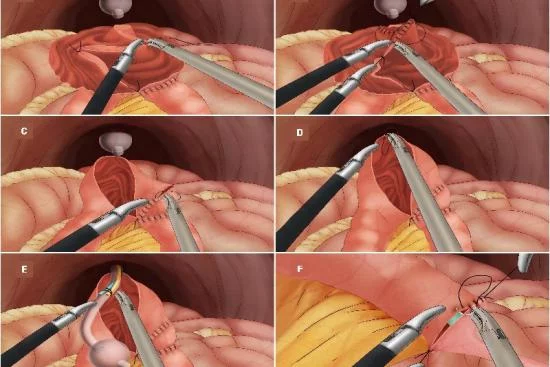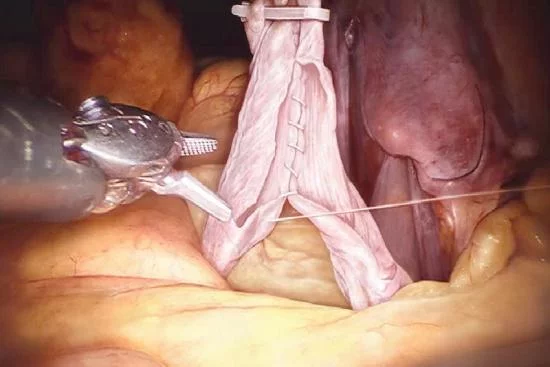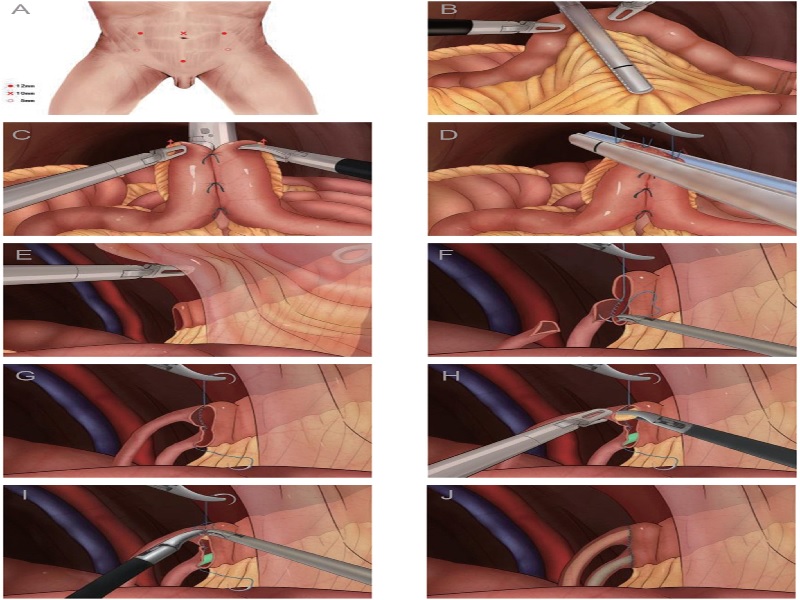A cystectomy involves the removal of the bladder, the reservoir that collects the urine produced by the kidney's filtration. This procedure may also involve the removal of surrounding tissue, with various extensions depending on the clinical indication.
- Bladder cancer patients;
- People with urinary system affected by certain birth defects.
- Bleeding;
- Blood clots;
- Infection;
- Pneumonia.
- 4 to 8 hours.
- 4 to 6 weeks.
Best Clinics with Verified Reviews

- Multispecialized hospital
- 7 operating rooms
- Capacity é of 170 beds

Indications for cystectomy
A cystectomy is a surgical procedure involving total or partial removal of the bladder. It is generally performed in the case of :
- Bladder cancer.
- Cancerous tumors of another organ or tissue that have spread into the bladder.
- Congenital malformations of the bladder and urinary tract.
- Neurological or inflammatory problems affecting the urinary system.

Types of cystectomy in Turkey
There are three types of cystectomy, depending on the nature of operation in Turkey:
- Total cystectomy: The entire bladder is removed.
- Partial cystectomy: only part of the bladder wall is removed.
- Radical cystectomy: the bladder and surrounding tissues that may be affected by cancer are removed.
In men, radical cystectomy includes removal of the prostate gland.
In women, the urological surgeon will remove the bladder, uterus and two-thirds of the front of the vagina.
A lymphadenectomy (removal of lymph nodes) may also be carried out. This removes all the tumor tissue.

How is a cystectomy performed in Turkey?
Depending on the extent and severity of the cancer, different techniques may be used to perform a cystectomy in Turkey:
- Open surgery: This is the most traditional, invasive method and involves large incisions in the abdomen to gain access to the bladder. This technique is becoming less common due to technological advances in surgical techniques.
- Laparoscopic cystectomy: Unlike open surgery, the laparoscopic approach does not involve a large incision. Instead, small incisions are made in the abdomen through which the surgeon inserts instruments. The procedure is then performed using a flexible optical instrument equipped with a light and camera.
- Robotic-assisted surgery: This technique follows the same principle as laparoscopic surgery: The surgeon uses a robotic system to make several small incisions in the abdomen.
However, the surgery is performed using robotic arms that are controlled by the surgeon from a special console. This technique allows for greater precision and better control of surgical margins.
You should discuss this with your urologic surgeon beforehand to determine the best surgical approach.
Urinary diversion after bladder removal
Cystectomy is usually followed by bladder replacement via urinary diversion. Urinary diversion is a procedure that creates a new urinary orifice following removal of the bladder. This operation enables urine to be evacuated from the human body.
Urinary diversions can be :
- Non-continuous (bilateral cutaneous ureterostomies or transileal cutaneous ureterostomies, ureterolateral according to Bricker)
- Continuous (ileostomy or colostomy).
The post-operative phase of a cystectomy with urinary diversion requires the adoption and monitoring of specific care to prevent infections. On the other hand, regular medical follow-up is also necessary to monitor the proper functioning of the stoma or bladder replacement.
Long-term risks of urinary diversion
As with any surgical procedure, cystectomy can have risks and effects on urinary and sexual function. In men, the removal of the prostate during cystectomy may result in loss of erectile function.
In women, the total or partial removal of the vagina can lead to changes in sexuality and fertility.
Whatever the type of bypass, continence or the ability to control urine output will also be altered.
It should be noted, for example, that neo-vessias or urinary stomas require the use of collection bags. This may not always be easy, especially for people with disabilities or poor general health.
It should also be noted that for the majority of patients, urinary shunts are continuous during the day. During the night, however, patients need to wake up to empty the bladder and avoid the risk of leakage.
Share this page






